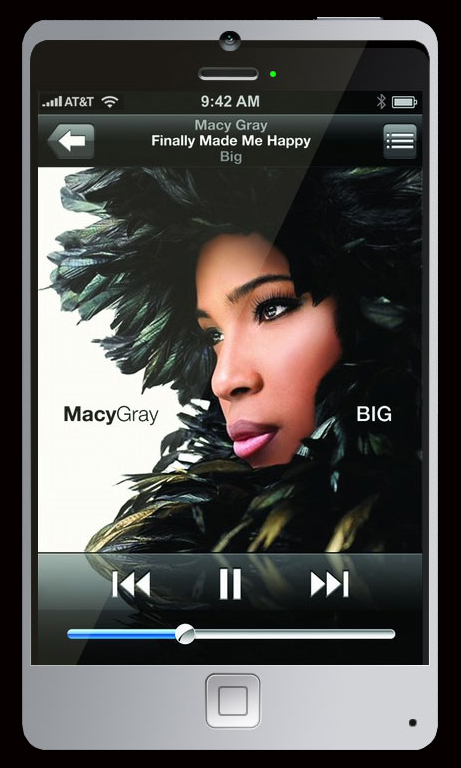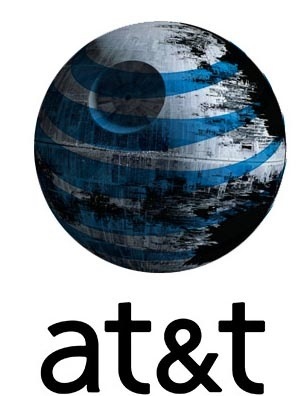
HUFFINGTON POST: Yay, the iPhone 4 is here. But today, instead of thinking about the latest version of the game-changing smartphone, I’m mourning the end of the era of the unlimited data plan. Last week AT&T announced a new tiered pricing model for data services for Apple’s iPhone and iPad devices, which charges users $15 for 200 MB of data and $25 for 2 GB, plus an additional charge for tethering (more on that in a bit). While some think the new model will ultimately be good for consumers, others disagree. David Pogue, while having issues about the tethering, thinks the scheme is a “very delicate balancing act that benefits almost everyone, customers and AT&T alike.” We — like many others — respectfully disagree. AT&T’s argument for its new scheme is that while 98 percent of iPhone users use 2GB or less of data a month, the consumption of the remaining 2 percent is buckling its network. So with the launch of the iPhone 4, the 98 percent of folks who are just average data users can now choose cheaper plans, based on their level of usage, and save some money while they’re at it. So what’s not to like? As it turns out, there’s more than you’d think. Free Press‘, Chris Riley has already pointed out that beneath the appearance of lower prices lies the gouging of consumers and the stifling of innovation. Here’s how AT&T’s plan really works…MORE
RELATED: While AT&T asserts that its high-end 2 GB cap will only impact the heaviest users, the fact is that today’s heavy user is tomorrow’s average  user. Internet overcharging schemes like the one AT&T proposes will discourage innovative new uses and stifle healthy growth in the mobile broadband economy. It is price gouging for AT&T to charge the low-end users $15 per 200 MB, and to charge $20 for tethering capability even if no additional capacity is used. This pricing system is clearly divorced from the actual underlying cost of service. If there was true competition in the U.S. mobile market, providers would invest in their networks to keep pace with consumer demand, removing the need to implement usage-based pricing plans. The fact that AT&T can introduce an Internet overcharging scheme that bears no resemblance to the cost of operating the network, despite constant complaints about the network’s quality, further demonstrates that our wireless markets are not competitive. Unfortunately, until the FCC takes seriously the need to promote meaningful competition in the wireless industry, Americans will continue to face a market of high prices and poor service. MORE
user. Internet overcharging schemes like the one AT&T proposes will discourage innovative new uses and stifle healthy growth in the mobile broadband economy. It is price gouging for AT&T to charge the low-end users $15 per 200 MB, and to charge $20 for tethering capability even if no additional capacity is used. This pricing system is clearly divorced from the actual underlying cost of service. If there was true competition in the U.S. mobile market, providers would invest in their networks to keep pace with consumer demand, removing the need to implement usage-based pricing plans. The fact that AT&T can introduce an Internet overcharging scheme that bears no resemblance to the cost of operating the network, despite constant complaints about the network’s quality, further demonstrates that our wireless markets are not competitive. Unfortunately, until the FCC takes seriously the need to promote meaningful competition in the wireless industry, Americans will continue to face a market of high prices and poor service. MORE
RELATED: This means that streaming an hour of Netflix on the 3G network would use up 168 MB — or about 84 percent of the cheaper AT&T data plan. Livestreaming a 5-minute video shot with the back-facing camera requires 64 MB, or 32 percent of the cheaper plan. So clearly, anyone wanting to avail themselves of the video technology on the phone better get the 2GB plan or stay on Wi-Fi. But even with the 2GB plan and $10-per-GB overages a video habit over the 3G network is going to cost you, and possibly make you think twice about that download — or upload. That is exactly what AT&T wants — and why it changed its pricing plans for new subscribers as of yesterday. MORE
